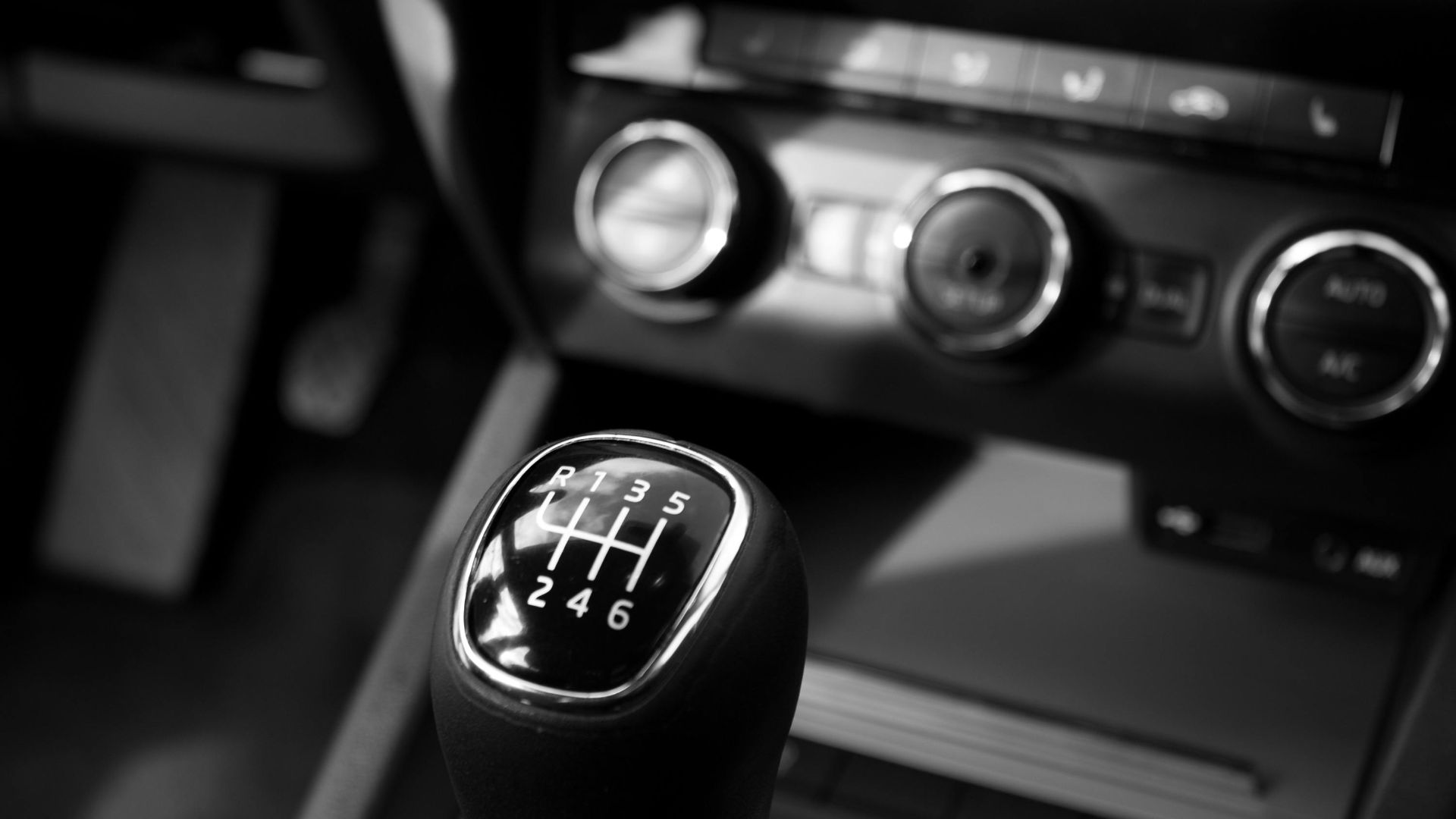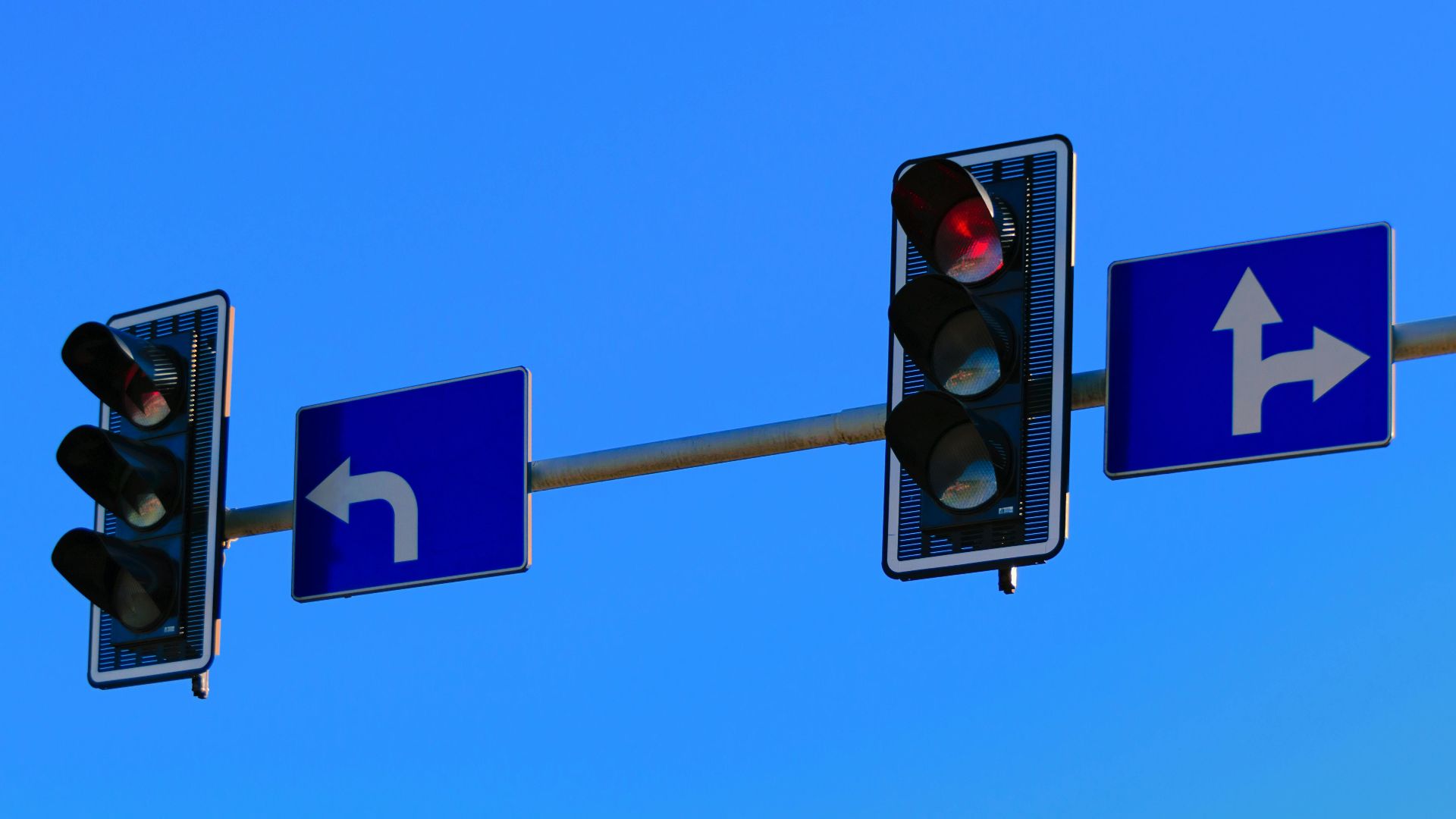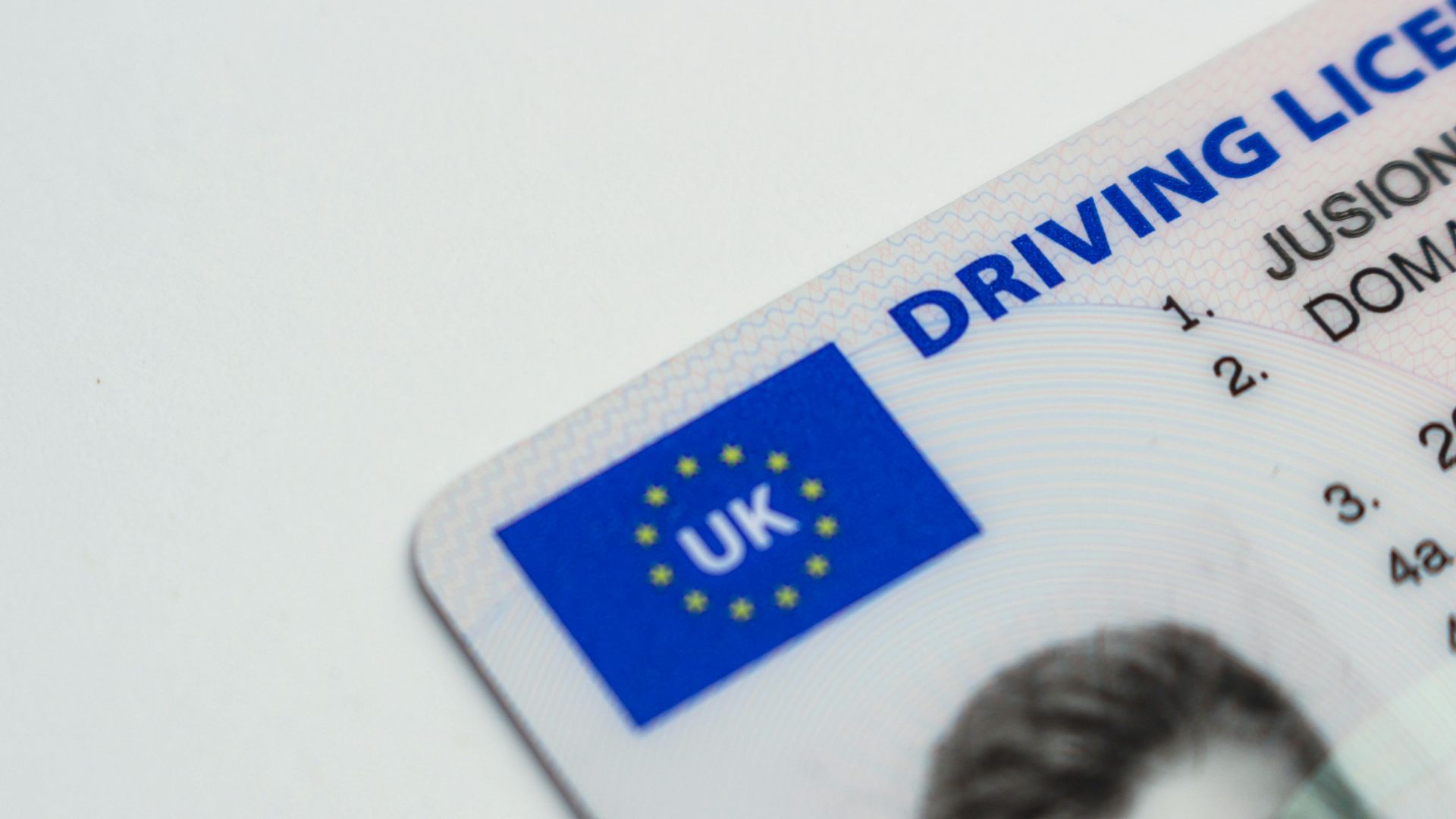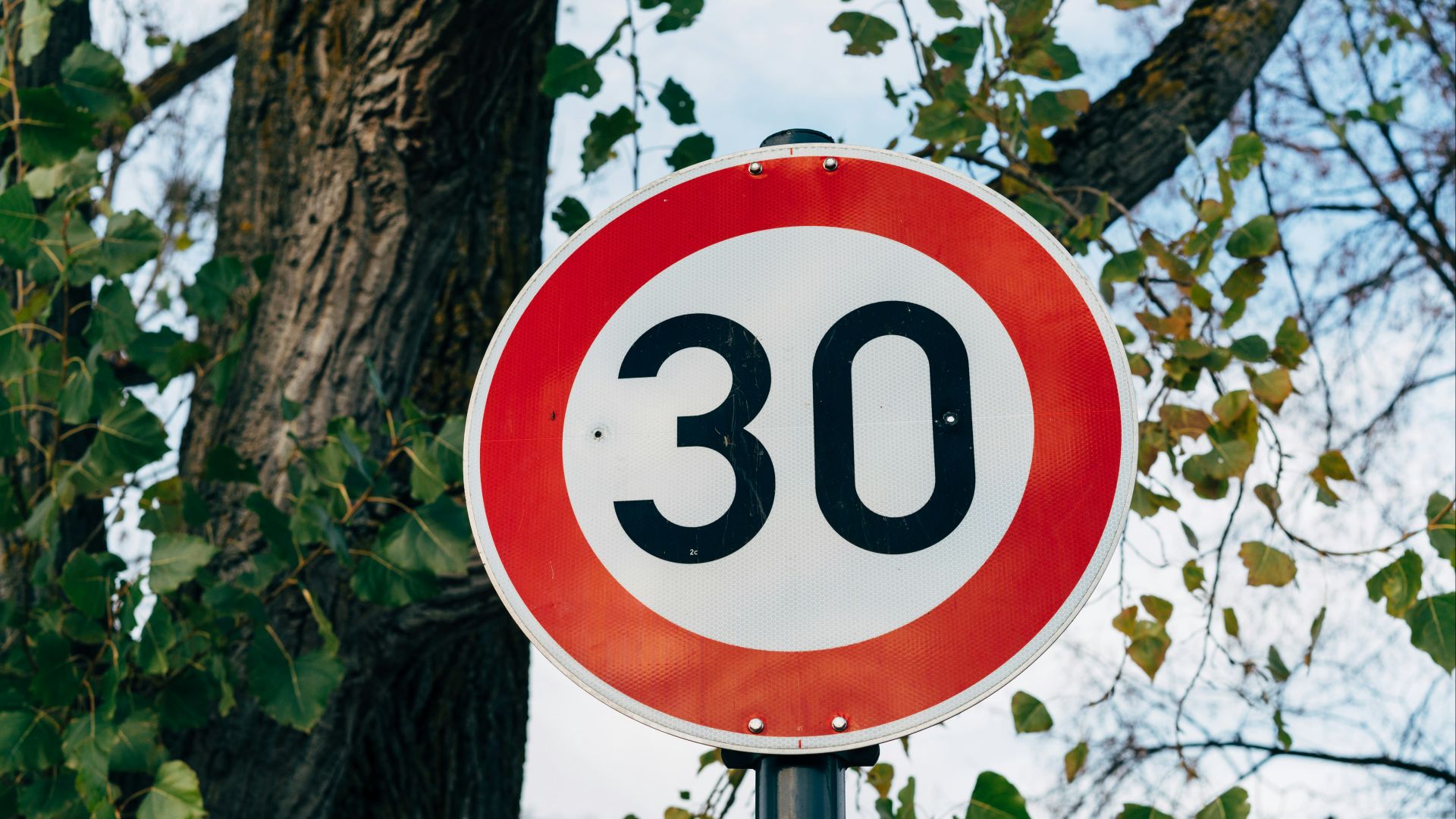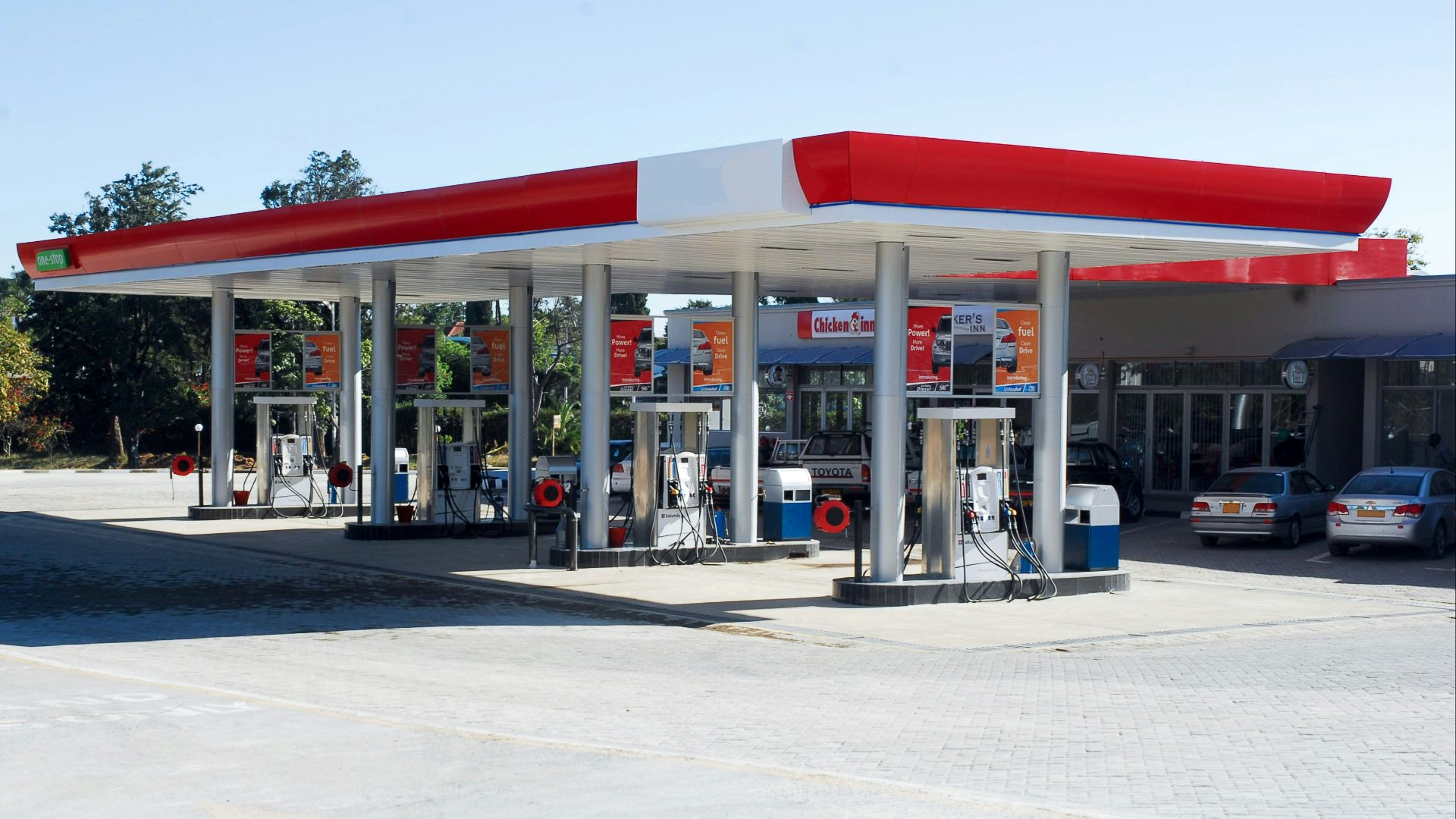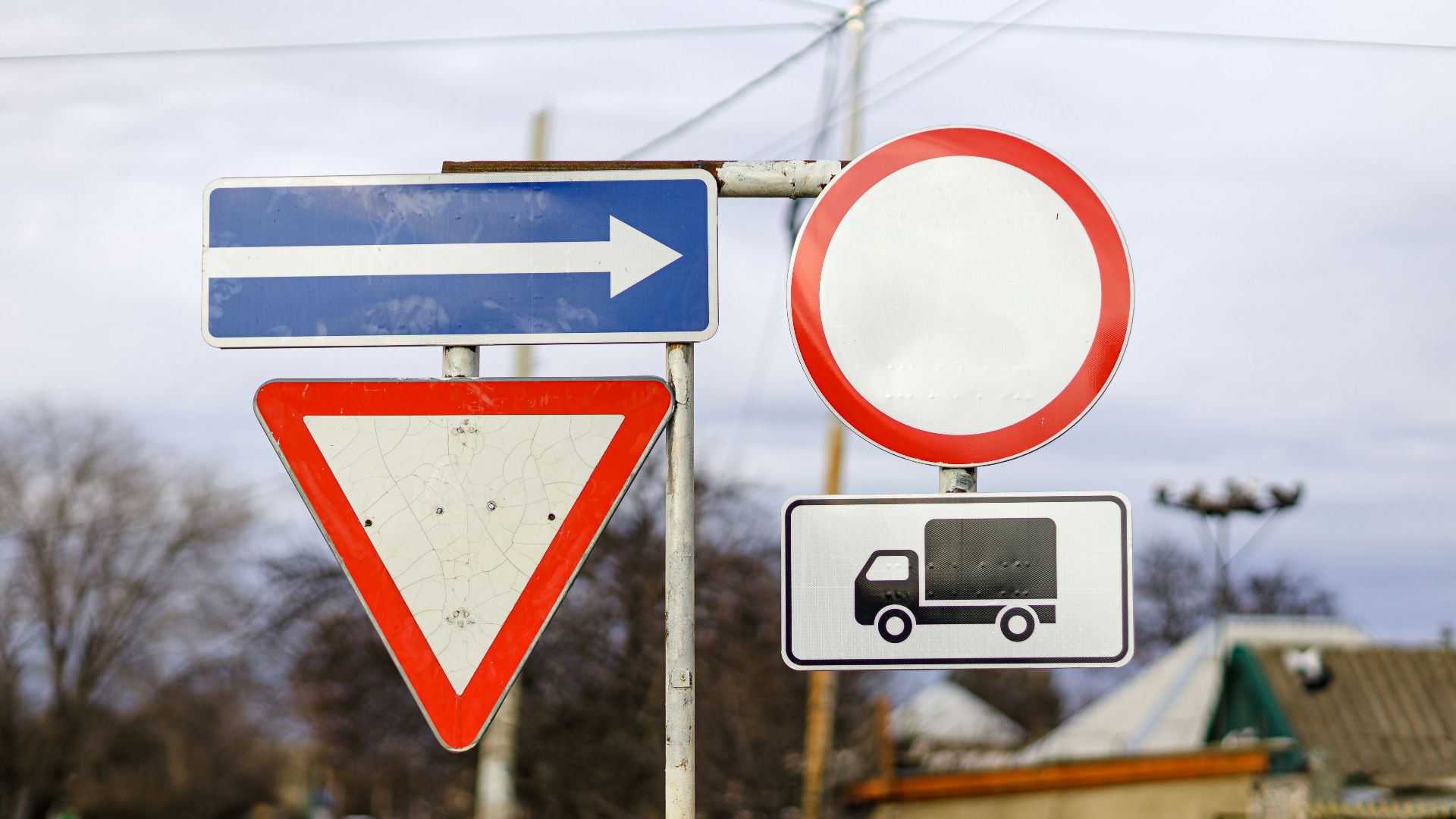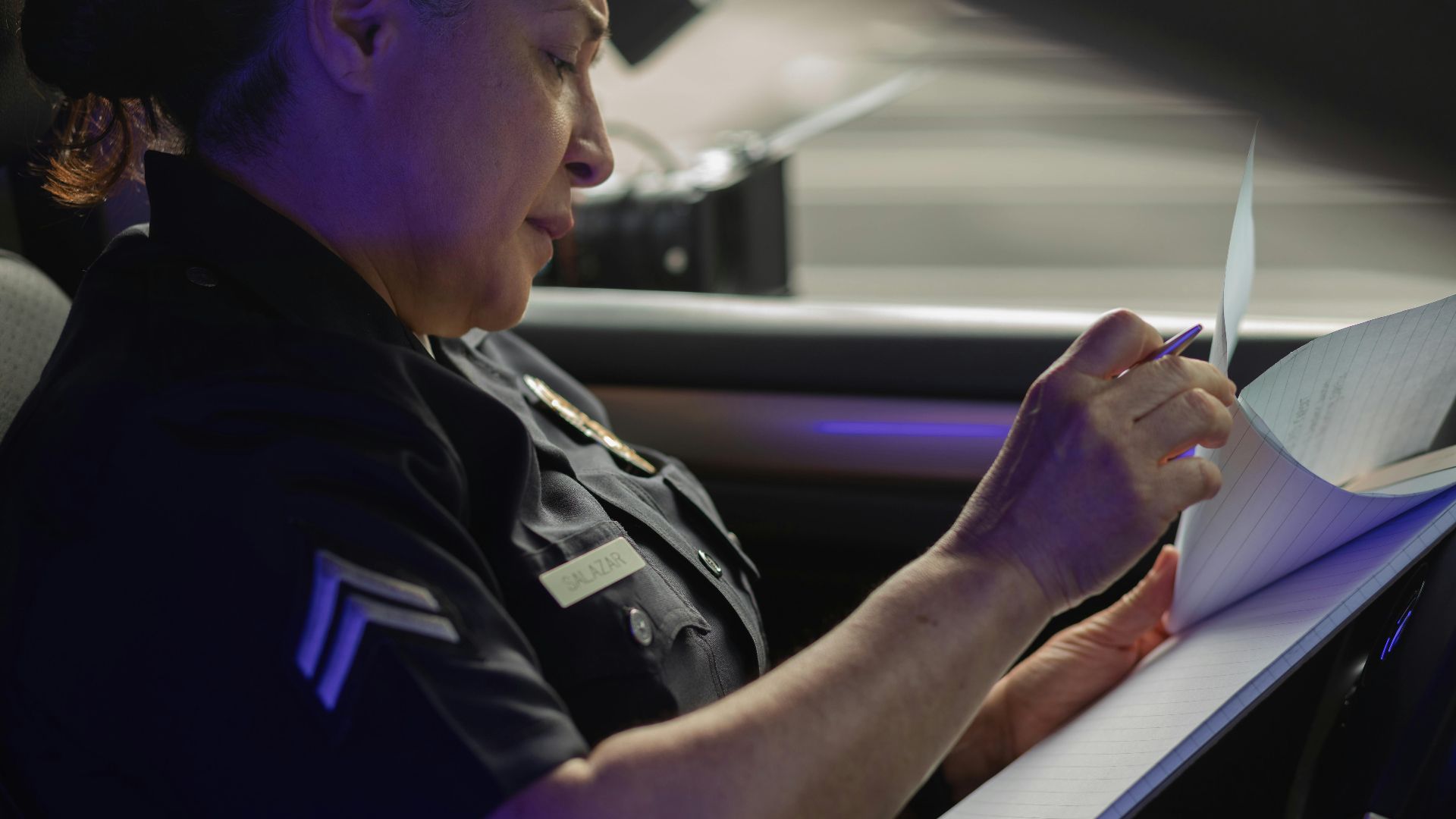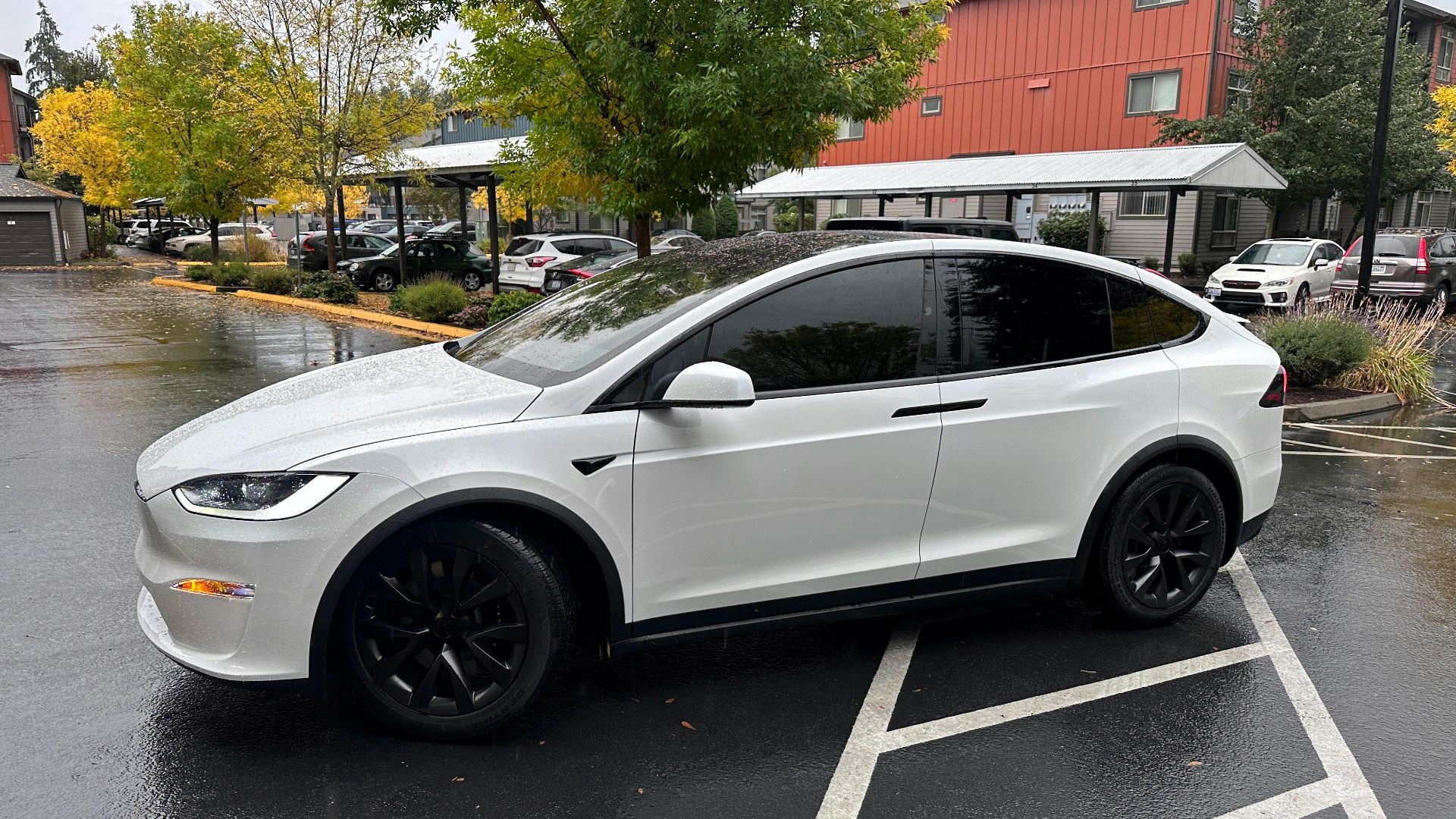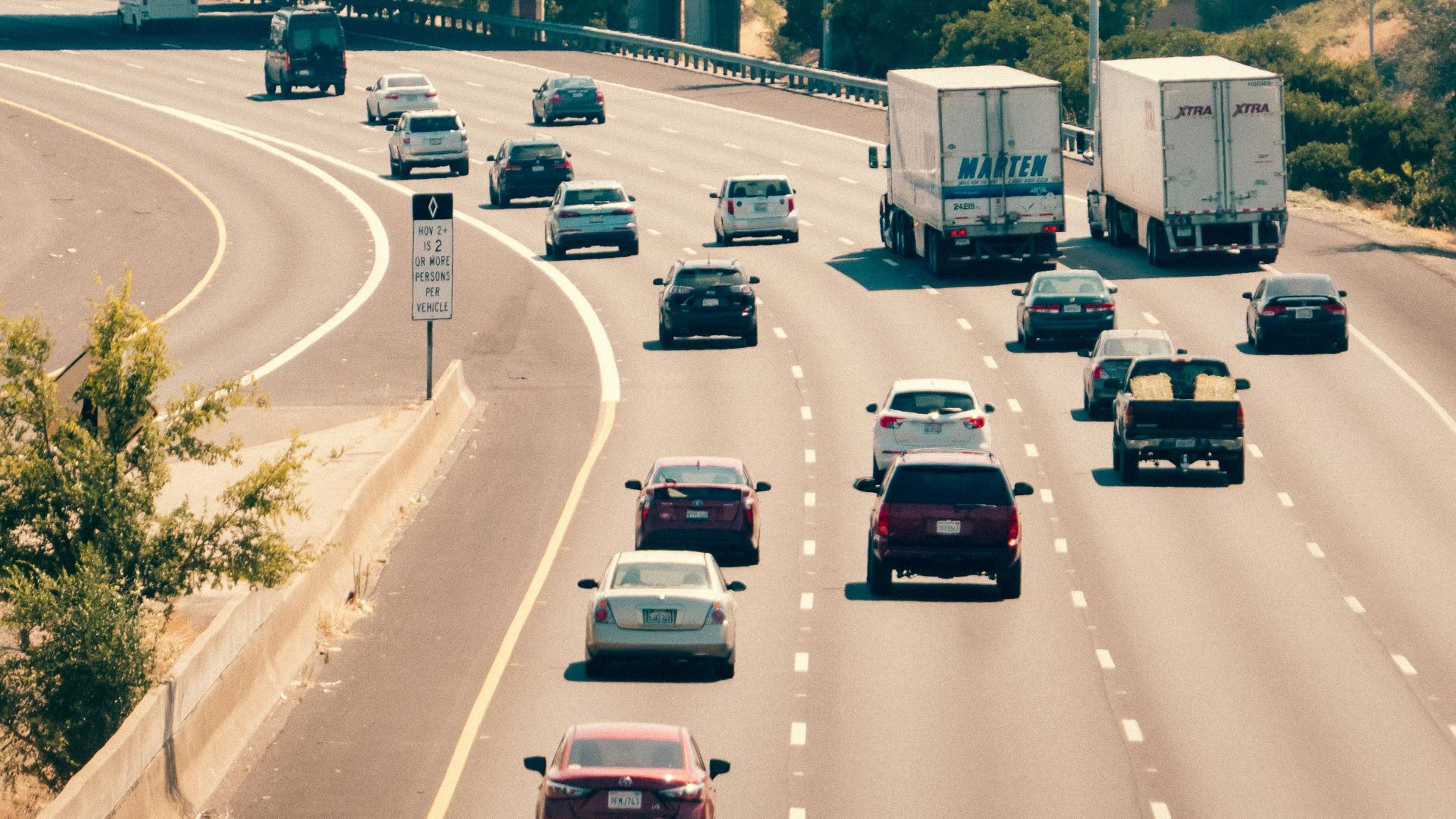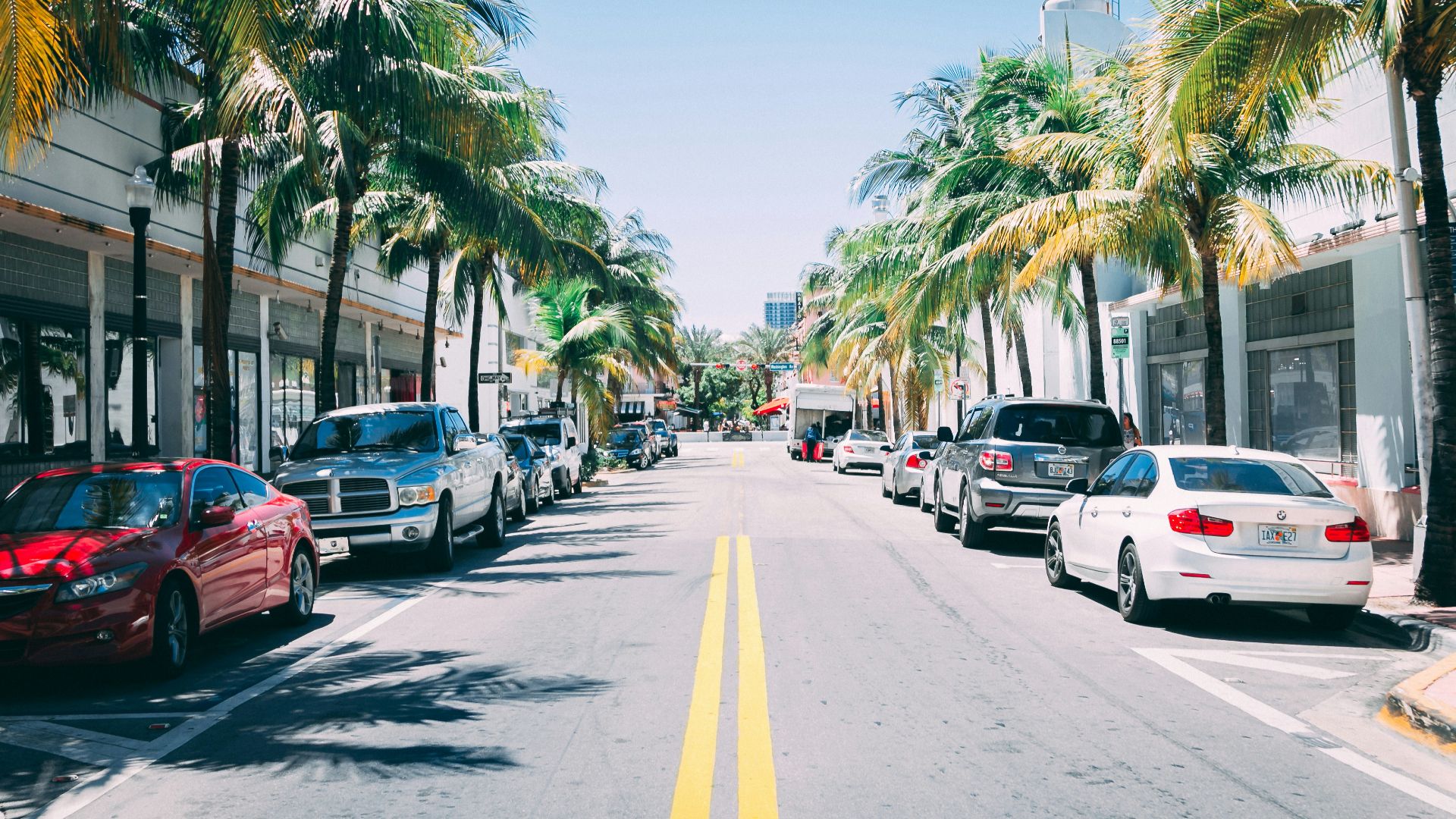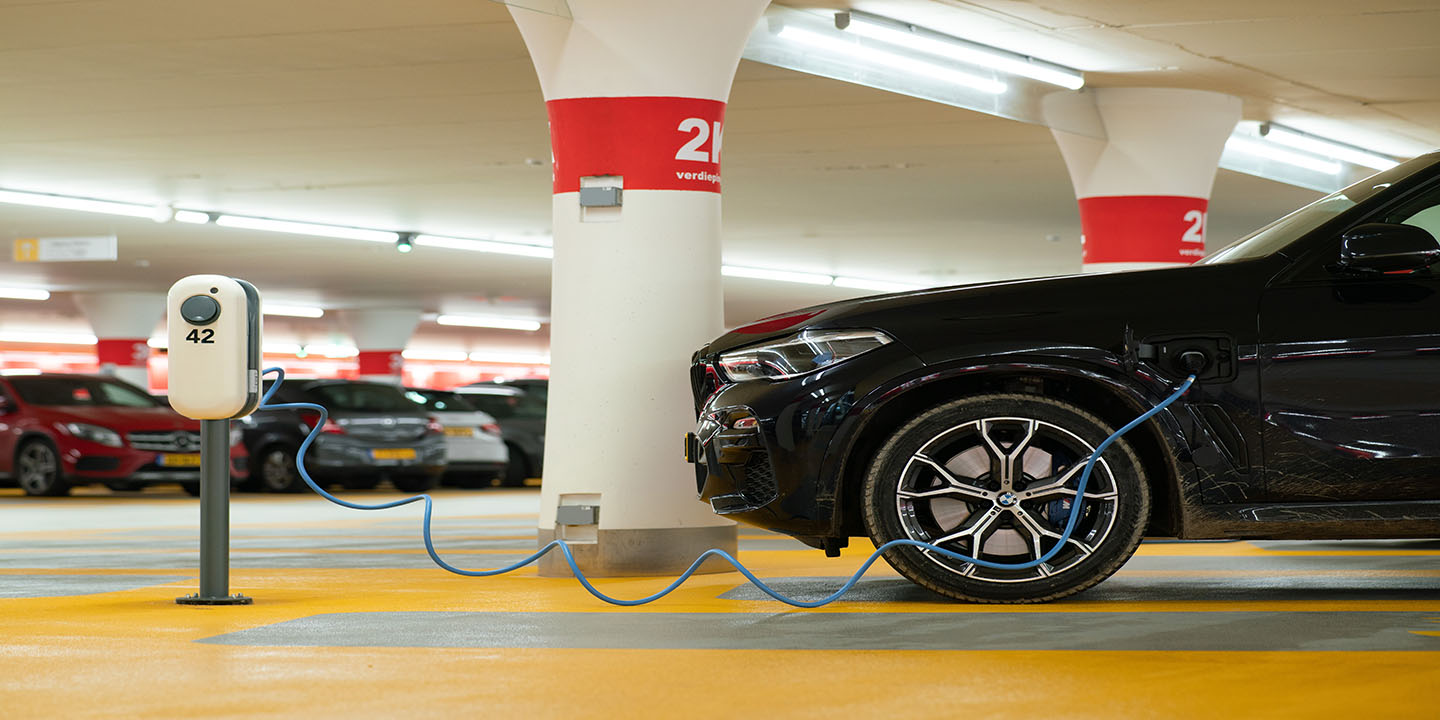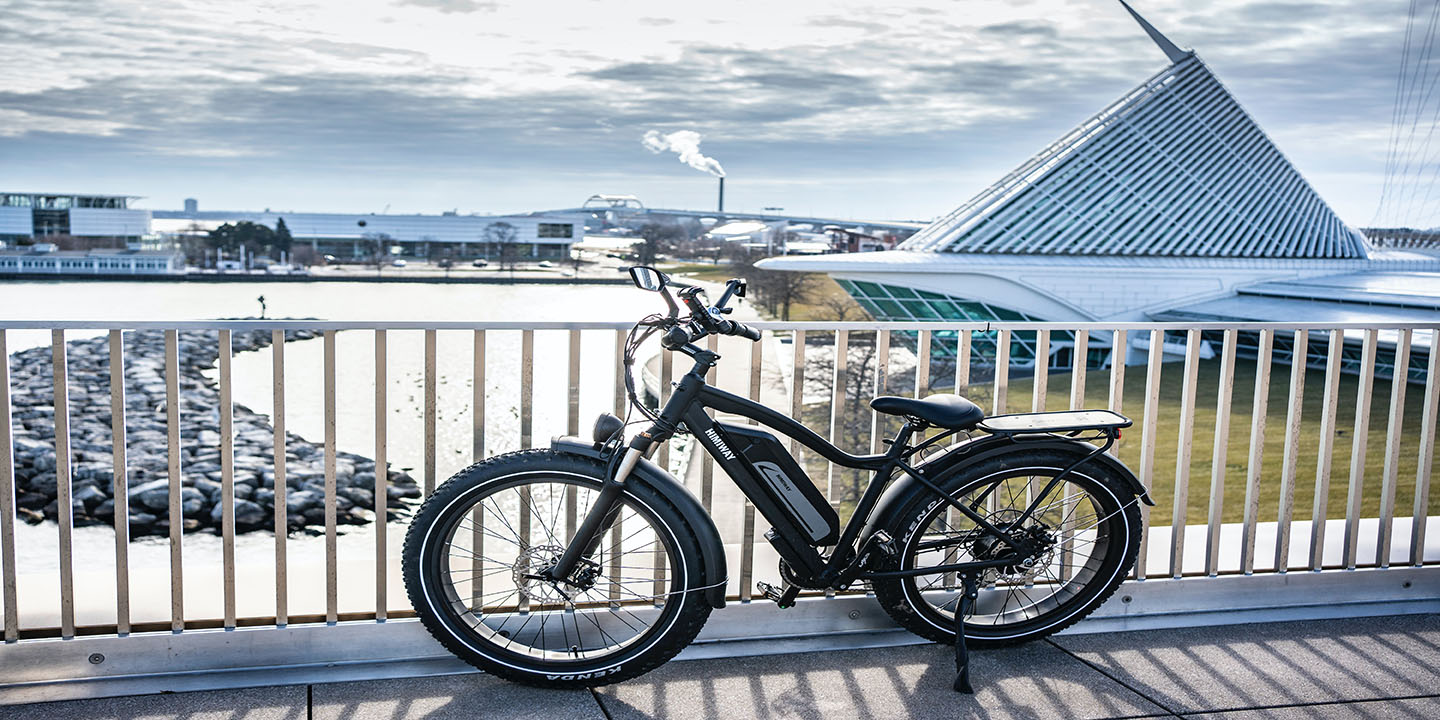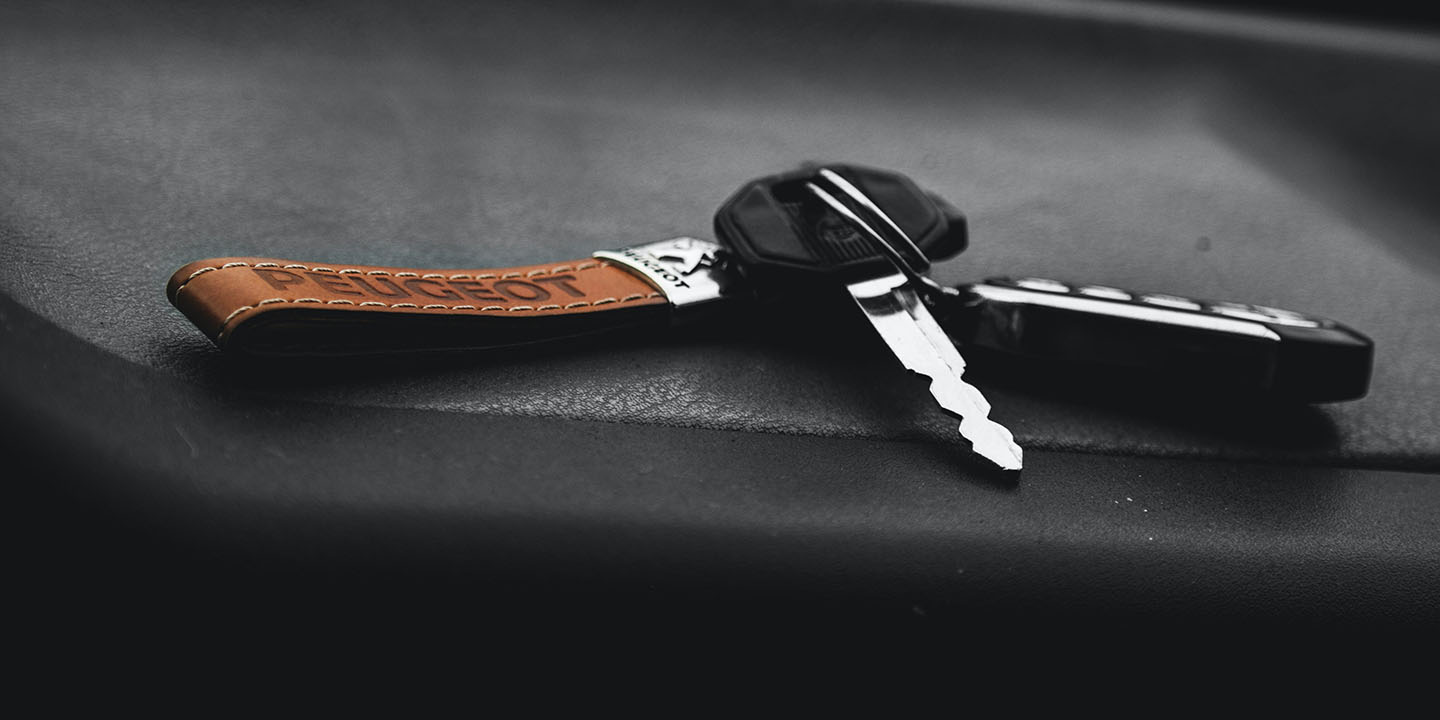How Driving Differs Between the US and Europe
You might know that European drivers often prefer stick shift over automatic, and that some countries drive on the left side of the road. But how much do you really know about what it's like to drive there, and just how different can it be from driving in the US? Well, you're about to find out—here are 20 differences between driving in the US and Europe.
1. Driving on the Left vs. Right
While some European countries like the United Kingdom (UK), Ireland, Cyprus, and Malta drive on the left, most follow right-handed traffic rules, which is standard in much of the world, like in the US. That means if you're an American vacationing in Italy, you won't need to worry—but if you're heading to the UK, you'll probably want to be extra diligent.
2. Manual Transmission vs. Automatic
Stick shift is the more popular vehicle choice in Europe, where more than 80% of the cars sold offer manual transmission. In the US, that percentage drops to just 3%, which aligns with the fact that Americans generally prefer driving automatic transmission instead.
3. Turning on Red
In the US, you're allowed to turn right at a red light, provided that the traffic is clear and it's safe for you to do so. In Europe, however, you're required to come to a full stop. This difference has led to many Europeans being confused when Americans continue moving when the light is red.
4. Obtaining a Driver's License
While it varies by state, getting your driver's license in the US requires a vision, written knowledge, and road test. The process may seem similar on the surface for Europeans, but the road skills portion is generally much tougher. Instead of driving around a low-traffic, controlled block (such as a parking lot or residential neighborhood), European learners must successfully complete an independent drive around the local area, maneuvering through roundabouts, correctly following road signs and navigation, and doing front, rear, or parallel parking.
5. Roundabouts
Speaking of roundabouts, you'll see much more of these in Europe than in the US, where four-way stops are more common. Roundabouts are preferred in Europe due to their efficiency, as there's no stop in the flow of traffic. Unless you live in a city where rotaries are fairly prevalent, Americans driving in Europe might find them difficult and confusing.
6. Speed Limits
It's not only the units of measurement that are different—Europeans use kilometers per hour (km/h) while Americans use miles per hour (mph)—but the limits are, too. If you like speeding, Europe offers a great deal of freedom; German autobahns, for example, have no speed limit at all, though authorities recommend driving no faster than 130 km/h (81 mph). In the US, these limits are more strictly enforced and could result in hefty fines if violated.
7. Car Sizes
In Europe, cars are generally much smaller than the average American vehicle. This is because roads are narrower and gas is expensive, not to mention that Europeans don't drive as much as Americans do. In the US, cars are bigger, and SUVs and trucks dominate the roads.
8. Gas Prices
Gas is far more pricey in Europe than in the US, and the process of fuelling up might be different as well. Whereas gas stations in Europe are typically self-serve and have dedicated payment kiosks or cash counters, those in the US may require you to pay first before filling up.
9. Traffic Lights
If you're American and traveling to Europe for the first time, something that might confuse you is the placement of the traffic signs. Unlike in the US, where these lights hang in the middle of the intersection, they're positioned off to the side in Europe.
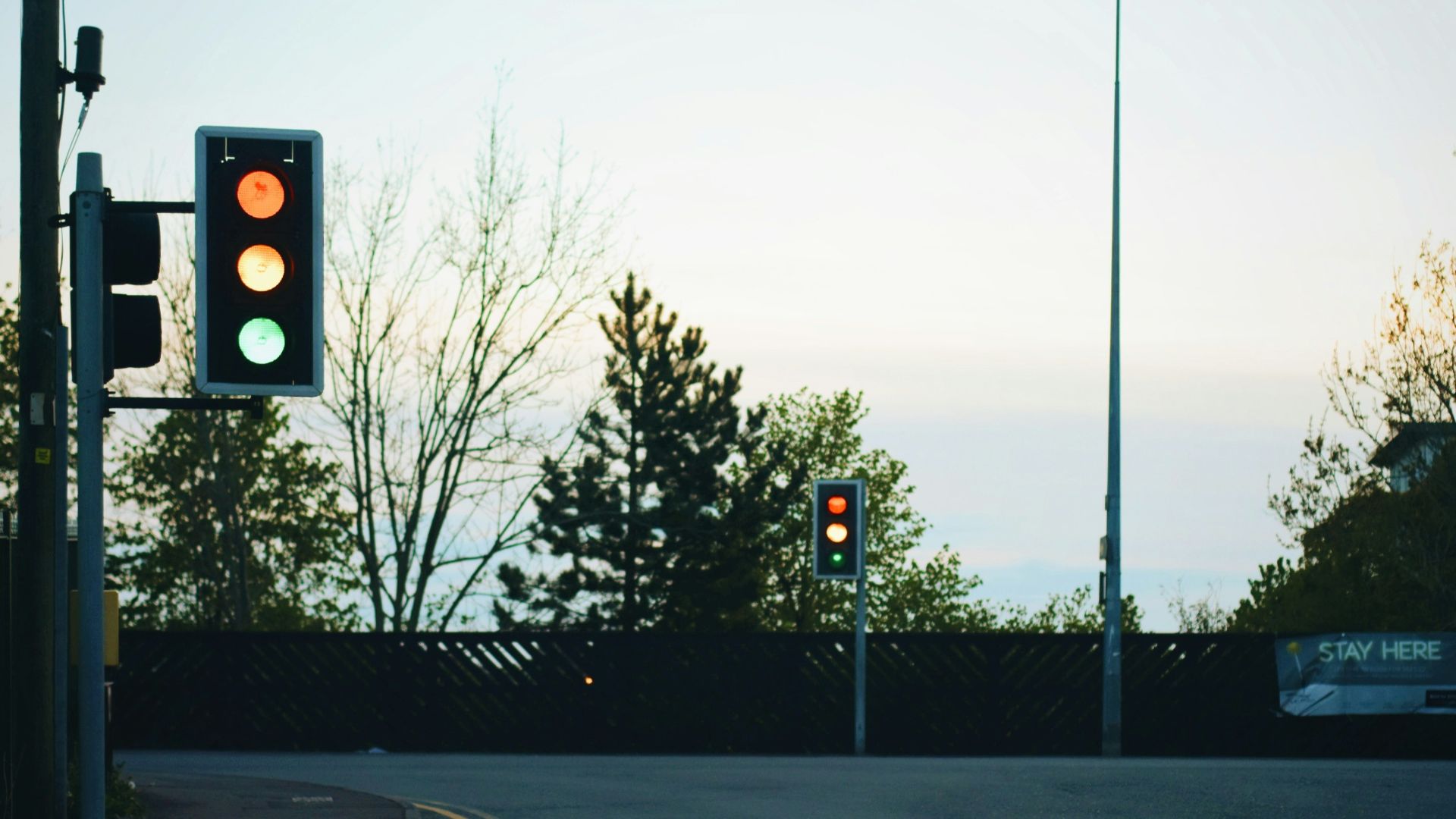 Sandy Ravaloniaina on Unsplash
Sandy Ravaloniaina on Unsplash
10. Scenery
Most European cities are extremely walkable, meaning you'll see breathtaking sights for miles, including historical landmarks, streets, and buildings. In the US, on the other hand, where cities are much more car-dependent, you may see more natural landscapes—think mountains and woodlands—than scenic urban views.
11. Road Signs
Road signs are also different. For example, warning signs in the US use a yellow diamond, while Europe uses a red-lined triangle. American road signs also tend to have more text included, while European ones keep it simple and to-the-point by using universal symbols.
12. Traffic Fines
Like gas prices, traffic fines are much higher in Europe. Norway is the most expensive place to get a speeding ticket, which will leave you nearly €480 ($560) short. Sweden, Iceland, Finland, and Italy also rank quite high on the list. The most hefty fine you'll face in the US for speeding is about $150.
13. Speed Trap Labels
In Europe, signs are placed conveniently to warn drivers of speed traps and cameras. In contrast, in the US, these signs are often not present and surprise traffic cameras are used more instead, which do their job by catching violators off guard.
14. More Eyes on American Drivers
Many more eyes are watching American drivers than European drivers. In the US, both state troopers and local police are keeping watch of the road, which makes it much more likely for law violators to get caught and punished. In Europe, while there are local police on the lookout, there's not as much live enforcement apart from automated cameras.
15. Vehicle Modifications
Vehicle modifications are much more lenient in the US than in Europe. American car owners and drivers can add stylish decor or other elements if they wish, provided they still obey state laws. In Europe, however, any and all changes you make need to meet stricter standards, often require using only certified parts, and are subject to inspection and official registration.
16. Smoking While Driving
It's not illegal to smoke while driving in the US, but in Europe, three countries outright ban it: Italy, Lithuania, and Latvia. Other regions may have a partial ban (i.e., it's prohibited if your passengers include pregnant women or children under 18), and you'll face hefty fines if you violate the rule.
17. Footwear Matters
While you should always be mindful of what shoes you're wearing to drive (strappy heels vs. sneakers, for example), you might not necessarily be punished for it in the US. At least, maybe not as seriously in Europe, where in countries like Spain, you could face hefty fines for even wearing flip flops while driving, even if it isn't actually illegal.
 Apostolos Vamvouras on Unsplash
Apostolos Vamvouras on Unsplash
18. Designated Passing Lane
In both Europe and the US, the left lane is considered the passing lane, while the right is the driving lane. However, in the US, this is mostly true for freeways and not on normal city roads, and most drivers may use the left side as the "fast" lane, and the right as the "slow" lane. In Europe, if you're passing, you're required to move back into the right lane to avoid blocking others.
19. Street Parking
Street parking is much more prevalent in Europe, meaning drivers are often better at parallel parking and squeezing into tight spots than American drivers are. In the US, there are usually bigger designated lots, giving you ample room to maneuver.
20. Legal Driving Age
The average legal driving age in the US is 16; to get a learner's permit, some states allow teens to get theirs at just 14 years old. In most of Europe, however, you're required to be at least 18 years old before you can drive without supervision.




